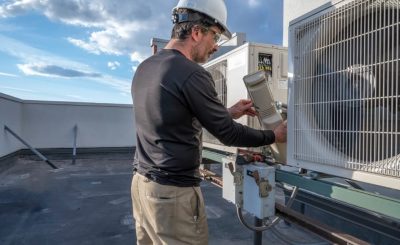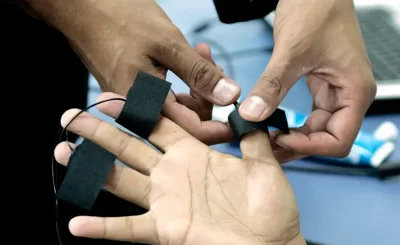Plumbing in a home can be quite simple. It is formed by tubes, connections, and water complements, which supply the taps and the toilet with water. After using the water, there are the pipes, connections, and complements of the sewage pipe, which send the impure used water out of the building to the street sanitation network and from there to the treatment stations of the local sanitation company.
To do residential plumbing, check out the step-by-step below:
Install the box, hydrometer, and measurement unit — a structure that connects the water meter (hydrometer) to the reservoir (water tank);
Place the reservoir (water tank) at the highest point of the house;
Connect the easel to the reservoir using PVC pipes that go from the hydrometer to the water tank;
Install the level float inside the reservoir;
Install a register at the water outlet of the reservoir;
Also, install a cleaning outlet and a water overflow (thief);
Fill the bathroom and other wet areas of the house;
Now it’s time to distribute the pipes according to the rooms in the house. Just connect the tubes to the sinks, shower, toilets, etc. Seek to follow the hydraulic plan designed by architects for the work in question;
An outlet must be used if there is a flush valve in the toilet; use diameters consistent with the part to be installed;
For toilets with a flushing box, a ¾ (three-quarter) inch pipe can be used;
The other outlet will connect to a ¾ inch pipe that will distribute the water to the rest of the house;
For the sewer, it is necessary to install drains and siphoned boxes that collect surface water and also receive water from the sanitary ware, and then connect the tubes to the sewage outlet of the building, in an inspection box, for example;
The sewer pipe from the toilet should have a diameter of 100 millimeters. For 40mm washbasins and kitchen sinks and 50mm tank;
In places that need a drain, such as bathrooms and laundries, a subfloor must be made with 8 centimeters of lean cement. In these environments, it is necessary to create a trim for the water to be drained. A 2% sag is recommended.
It is important that plumbing for plumbing items is at the correct height from the floor for the system to function properly. The conventional heights indicated are:
- Toilet bowl: 30 centimeters
- Bathtub: 50cm
- Washbasin: 60cm
- Shower: 210 to 239 centimeters
- Common discharge: 120cm
- Bidet: 15 centimeters
These values are recommendations and are for houses with finished floors. If you are working on a work whose floor has not yet been finished, add 5 centimeters to each of the values above and follow the project’s planned recommendations. Always consult a qualified professional such as water damage lead companies for example.








